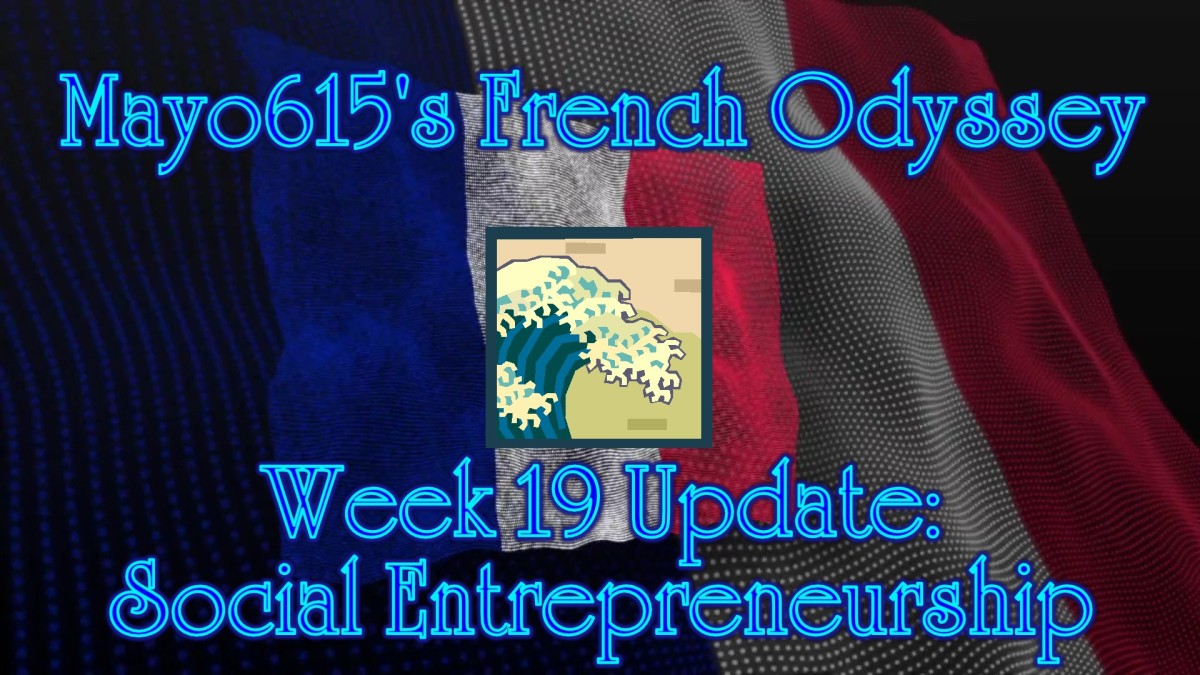
What Makes Social Entrepreneurs Different
by Bright B. Simons | 8:00 AM January 11, 2013
When social entrepreneurs say that they want to “work themselves out of a job” they are not making a glib statement to sound cool. They are merely stating the obvious — they want to fundamentally solve the problem that their solution is designed to address.
Commercial entrepreneurs are different. They’re out to standardize a business model. That model might solve a social problem — but if it’s profitable and doesn’t fix the problem, that’s okay, too.
As a result, social entrepreneurs are more interested in understanding the social, economic, political, and cultural context of the problems they are trying to solve than traditional entrepreneurs are. They can be more analytical.
It is unthinkable, for instance, to imagine a social entrepreneur treating research on the health effects of tobacco use the way the tobacco industry, market analysts, and investors did in the 1960s and ’70s. It is the business of a social entrepreneur to stay ahead of the curve when it comes to the social impact of various phenomena, and to be academically honest about what they learn.
That is why social entrepreneurs were among the most enthusiastic popularizers of concepts like C.K. Prahalad‘s “bottom of the pyramid,” that began life as academic research. Social entrepreneurs have also been some of the most attentive followers of the academic debate between the likes of Mark Pitt and Jonathan Murdoch about whether microfinance really helps reduce poverty. The most intrigued have even gone back to the original writings of Lysander Spooneron the subject two centuries ago.
That’s because the stakes are higher for social entrepreneurs. What may seem abstract to a commercial entrepreneur could have very practical consequences for a social entrepreneur. If Jonathan Murdoch and his collaborators are right in their calculations, then microfinance (in particular, microcredit) does not benefit the poor in the way it should, and a social entrepreneur working in the area of poverty-reduction cannot view the tool as a handy ally in her toolbox.
When I decided to get involved in finding solutions to the problem of counterfeit medicines, I couldn’t simply confine myself to investigating whether there would be a market for the solution. I had to assure myself that counterfeit medicines are indeed the primary bad stuff to go after in the complex socio-economic mix of patient abuse and supply chain crime. I read, among many others, the writings of researchers such as Roger Bate and Paul Newton. I and others in the social enterprise community had to assure ourselves that we had a sufficiently robust analytical basis in which to ground the search for solutions. I had to become not just a social entrepreneur but an analytical social entrepreneur.
True, some commercial/traditional entrepreneurs invest substantially in research too. But only to assure themselves that someone will pay enough to make the development of the solution worthwhile. That the person paying the price sufficiently benefits is actually secondary. What matters is that he’s willing to pay.
Of course, in a reasonable number of cases the benefits are real, and this leads to sustainable traditional enterprises. That’s why some have argued that ultimately all enterprises are or will be “social” enterprises. Also, in many instances, social enterprises prepare the way for commercial enterprises to follow. They till the ground when it is still not clear whether a viable commercial model exists. When social enterprises finally make headway, commercial enterprises jump into the newly created industry and seek to standardize returns from the new “value class.” Social entrepreneurs are then seen as “leaving value on the table.” But the evidence shows that over time they generate completely new value classes.
Today micro-packaging, for instance, is finally being taken seriously by giant multinational fast-moving-consumer-goods companies. A few decades ago, only social enterprises saw anything in this approach of retailing items in packages small enough to be affordable to the poor.
In Africa, where the value chains of most existing industries are fragmented, entrepreneurs struggle to standardize commercial models because they cannot simply ignore the bulk of the problem and focus on a smaller, repeatable, bit. They must often also enter partnerships, many more informal than formal, that are more organic than transactional in order to build a holistic enough value chain to attack a problem. They also need to embed themselves much deeper into the cultural and social matrix as rule of law and contractual and regulatory systems are in many African countries often rudimentary. This can make distinguishing between social and commercial entrepreneurship in Africa a tad more difficult.
But the point remains that social entrepreneurship is a vital foundation block for any system that seeks to uproot social problems anywhere. And in places like Africa, it is actually indispensable.











